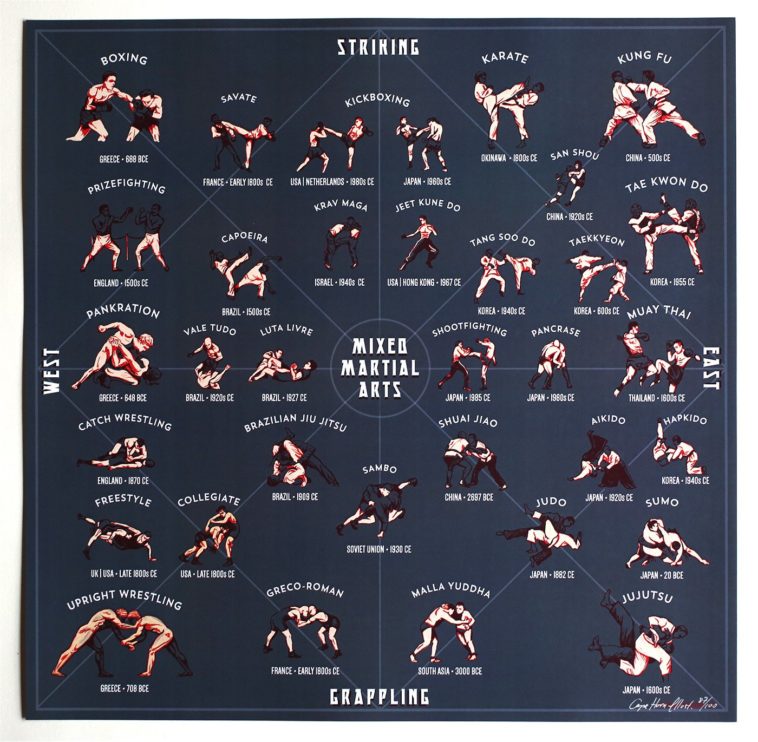Discover The Keys Behind Karate, Taekwondo, And Much More! Unveil The Concealed World Of Martial Arts Styles In This Supreme Guide
Discover The Keys Behind Karate, Taekwondo, And Much More! Unveil The Concealed World Of Martial Arts Styles In This Supreme Guide
Blog Article
Write-Up Created By-Aldridge Bondesen
Are you tired of feeling bewildered by the substantial world of martial arts? With so many designs to select from, it can be very easy to get lost in a sea of punches, kicks, and strange names. However worry not!
click this link will demystify the various martial arts styles, taking you on a trip from the powerful strikes of Karate to the dynamic kicks of Taekwondo. Prepare to reveal the beginnings, methods, and approaches behind these old art types.
So, tighten your belt and prepare to embark on an enlightening expedition right into the captivating globe of martial arts.
Beginnings of Martial Arts Styles
The origins of martial arts designs can be mapped back to ancient human beings and their requirement for self-defense and fight methods. Throughout history, various societies developed their very own distinct approaches of combating, each with its very own set of methods and approaches.
In China, for example, martial arts styles such as Kung Fu and Tai Chi were created as a way of self-defense and enhancing physical and psychological well-being.
In Japan, the samurai warriors produced designs like Karate and Judo, focusing on technique, accuracy, and proficiency of the body.
In a similar way, in Korea, Taekwondo became a fighting style emphasizing high kicks, rapid activities, and mental fortitude.
These early worlds laid the structure for the varied selection of fighting styles designs that exist today, each with its own rich history and social value.
Methods and Training Techniques
To master martial arts styles, professionals must learn various methods and training methods.
Techniques are the specific movements and actions made use of in fight, such as punches, kicks, tosses, and blocks. Various fighting styles styles have their very own distinct collection of strategies that practitioners have to master via rigorous training.
Training methods vary depending on the style, however they usually entail a combination of physical conditioning, drills, sparring, and forms.
Physical conditioning is critical to build stamina, adaptability, and endurance. Drills assist professionals refine their methods and improve their speed and accuracy.
Sparring allows professionals to exercise their methods in a controlled, reasonable environment. Forms, additionally known as kata, are prearranged series of movements that aid specialists establish muscular tissue memory and emphasis.
Approaches and Concepts
Checking out the approaches and concepts of fighting styles styles can provide you with a deeper understanding of your picked discipline. Each martial art has its very own special philosophy and collection of assisting concepts that shape the method it's exercised.
As martial arts mom and me , Karate stresses discipline, regard, and self-constraint. martial arts training in india instructs experts to concentrate their body and minds, allowing them to defend themselves while preserving a feeling of internal peace.
On the other hand, Taekwondo places a solid focus on rate, dexterity, and adaptability. Its concepts are rooted in the tenets of courtesy, honesty, perseverance, self-discipline, and indomitable spirit.
Final thought
Now that you have actually explored the beginnings, techniques, and ideologies of numerous fighting styles styles, you have a deeper understanding of these old disciplines.
Envision a young karate student, experimenting steady decision and emphasis, breaking through boards with an effective punch.
Their trip showcases the dedication and stamina needed to master a fighting style, reminding us that with discipline and willpower, anything is possible.
